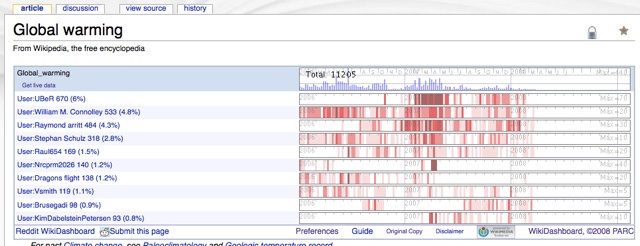This morning’s Observer column
A detailed academic study some years ago estimated that 4.5 per cent of all internet searches were health-related, which at the time translated into 16.7 million health-related queries a day. Again, I’m sure that number has gone up.
All of which suggests that people worry a lot about their health and see the web as a great way of becoming better informed. The medical profession is, to put it mildly, not over the moon. The more literate practitioners shake their heads and quote Mark Twain’s adage: ‘Be careful about reading health books. You may die of a misprint.’ But others are more righteous and wax indignant about what they see as the errors and misinformation peddled by many sites that purport to deal with health issues…
LATER: I had a moving email from a correspondent who lives on the other side of the world. I’m quoting it verbatim except that I’ve anonymised it.
In 2005, my second son, arrived in a hurry. We were living in Southern Japan at the time.
Following what had been another wonderful pregnancy, my wife and I were not at all prepared for the shock of his arrival and his condition.
It turned out our son was born with congenital cytomegalovirus. Once I learned the name of what it was that had ravaged his body, I obviously turned to the Internet, including PubMed. Alright, so I am familiar with research, indices, journals et cetera, I was at the time an Associate Prof., and I am fairly well read. So perhaps I am not your average punter, but nevertheless within 24hrs I had read almost all there was on the research and treatment of cCMV.
The good folks at the National hospital, had similarly gone off to look this one up. But their research was almost entirely based on what was in-print in Japanese.
We had both come to similar, but not identical conclusions. One, and only one treatment was available, a chemotherapy over the course of 6 weeks may save his sight and his hearing. The Registrar wanted to begin immediately. I said No.
I had read about the dangers of the chemo in seriously compromised infants, and through the internet had managed to reach doctors at Mayo, U. of Alabama, Melbourne Sick Kids, Sydney Royal, and Great Ormond Street, never mind almost 100 parents of kids with cCMV, through a list-serv.
The overwhelming advice, albeit guarded, and with lots of back-out clauses, essentially said, ‘Wait, let the infant recover from the trauma of birth, treat some of the minor conditions, and in a week or so’s time – then start the chemo. If you start it now – he will die.’.
It was a very hard call – going against the doctor’s advice in Japan. But I did. To say they were not happy is a bit of an understatement. I subsequently moved my son a few days later to a newer prefectural hospital, and another NICU team.
He began the chemo course at 10 days old, in a much stronger condition, and he got through it. He can see, and despite being told he was going to be severely deaf, he can hear.
While I could have rung around using old fashioned telephones, there is no way I could have been as informed, and armed with knowledge without the Internet.
I have no doubt it saved his life.
My son is now 3, and is truly the happiest child you could care to meet.
STILL LATER: Jeff Jarvis picked up on the column and added:
In my book, I argue that – as with other apparent problems in industries – there is opportunity here. Doctors should act as curators, selecting the best information for their patients and making sure they are better informed.



